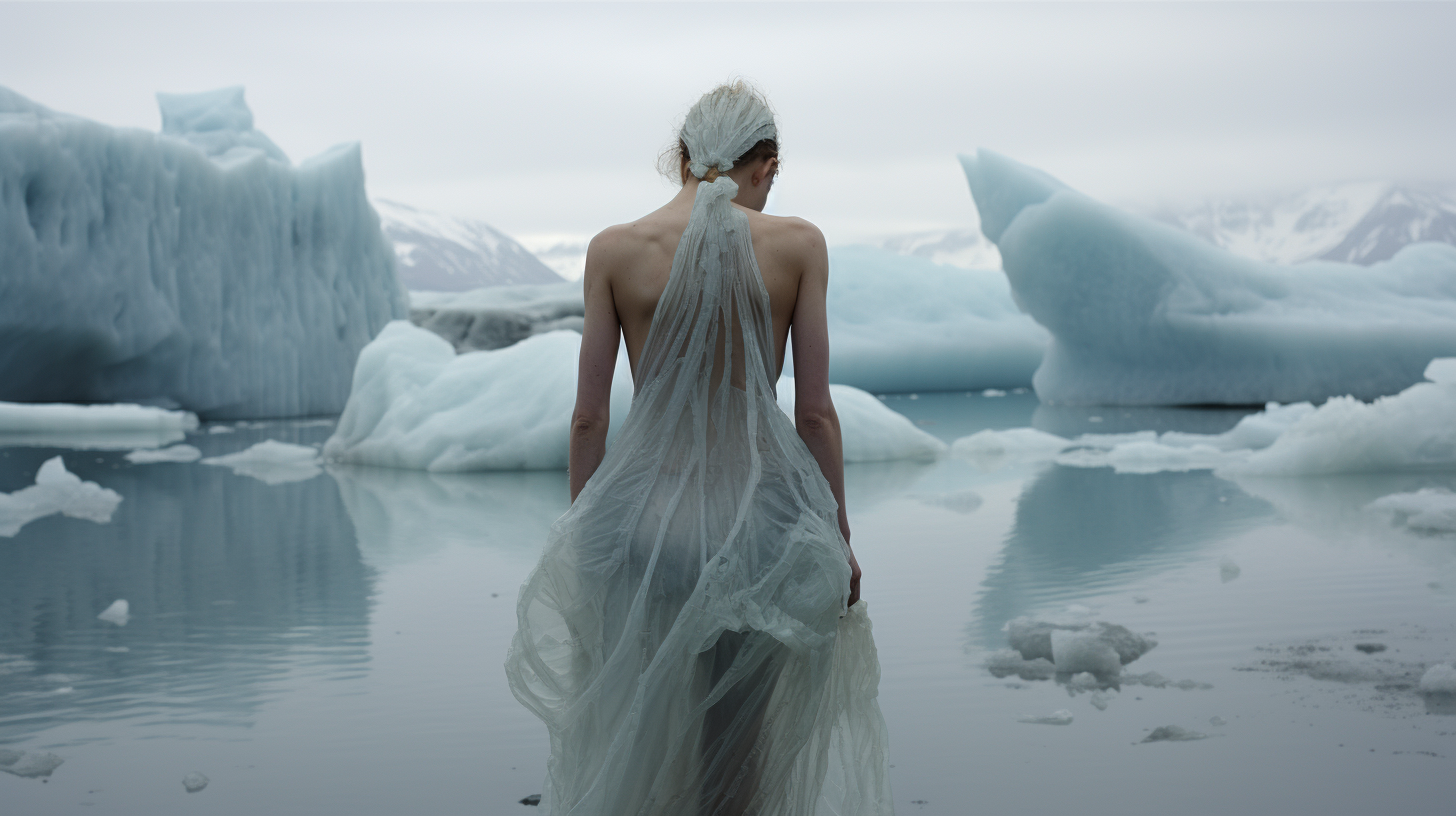In an era of ecological elegies, we gather to bear witness to yet another lament—the curious spectacle of the ‘Last Glacier Dance.’ These stoic giants, once sprawling across our planet’s face, are now dying embers in the Earth’s memory, succumbing to the fever of a world ill-treated by its avaricious inhabitants.
What’s a dance without a dancer, or ice without a glacier? This disquieting riddle echoes through the valleys as the coldest remnants reluctantly embrace oblivion. In the shadow of their demise, we pen this somber narrative, a requiem for the icy titans—our glaciers—a tale of beauty and sorrow entwined like the intricate crystalline structures they once bore.
The Last Glacier Dance, an epithet of mourning and remembrance, forces confrontation with a warming world’s merciless progression. These glistening behemoths roared of ancient tales etched in frozen archives; now, their whispers are but the trickling courses of tears shed in defeat.
Our past articles have drawn chilling portraits of a world parched of its wintry wonders, and in continuation, we delve into the consequences of this planetary desertion. ‘The Cryosphere’s Collapse’ decried the vanishing ice’s echo, a cascade of effects reshaping continents and the fabric of life. Echoing the desolate vista, ‘Glaciers’ Ghosts’ mourned the melting past; a reminder of data and diversity lost in the unheeded siren calls of the glaciers. Reminiscing the breadth of woe that sprawled ‘Crystal Descent’, we mourn the demise of the characteristic winter panorama, a white hush now silenced forever.
On the precipice of totality, our latest foray into this chilled chaos unearths a new concern. While the spectacle of their slow-motion fall implores a macabre fascination, it is the sea’s clandestine lapping against far shores that foretells a tale of catastrophic retribution. As glaciers retreat with graceless finality, they leave in their wake dire prophecies.
Imagine, if you will, the majesty of the Glacier National Park of old. Pilgrims of nature’s sanctuary once wandered amidst the monoliths of ice, enveloped by a chilling embrace. Now, one stands, gazing through the retreating mirages of ice, witnessing silent streams, the ghosts of glaciers past.
When ice yields to water, its tale does not end with a drop melting into the ocean’s embrace; it expands, rippling through our climatic veins, pumping a swell of consequences. The narrative is not singular. Every piece of lost ice, every vanishing glacier, resounds the final adieu of biodiversity sanctuaries, the destabilization of ecosystems, and the turmoil of communities anchored in the ice’s eternal promise.
Whilst we gaze through the lens of dystopia, documenting the tragic ballet of ice’s end, the whispering winds seem to jest at our inactivity—urging humanity’s collective step to a dance long overdue—action. But who steps forward when the stage deems no hope for change? The finality of the ‘Last Glacier Dance’ is a potent reminder of legacy—of change foregone, of actions fumbled, and of a ballet concluded in silence.
To edify readers, to stoke the fires of contemplation, is our enduring mission amid this terminal recital. The great ice sheets—the Arctic guardians and the Antarctic fortresses—are tottering on their thrones, casting a final glance upon the world they once ruled.
Come, then, let us observe this terminal waltz as the titans take their final bow. Their descent is our awakening; their end, our somber reflection. No encore will follow this last performance on the glacial stage, but let their adagio not be in vain.
As the last of the alabaster sentries falters and the eternal frost gives way to an indomitable thaw, we are bequeathed a world unrecognizable—the legacy of the Anthropocene. The ‘Last Glacier Dance’ is not merely the swan song of colossal beauties—it is our testament, our chronicle to be heeded, and the marrow of our environmental conscience.May this dance never fade from memory, and may its lessons resonate deeper than the echo of its last icy breath.
